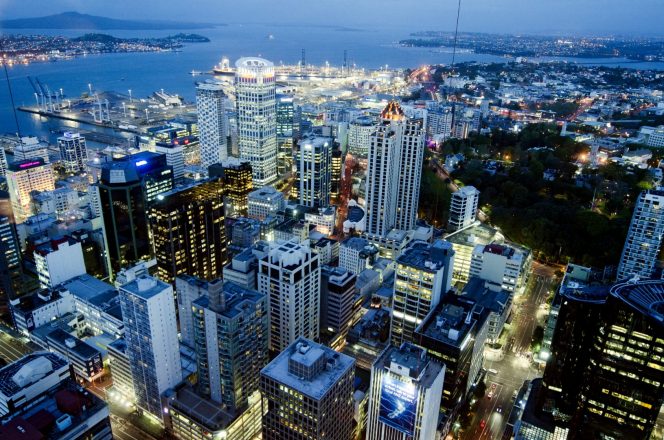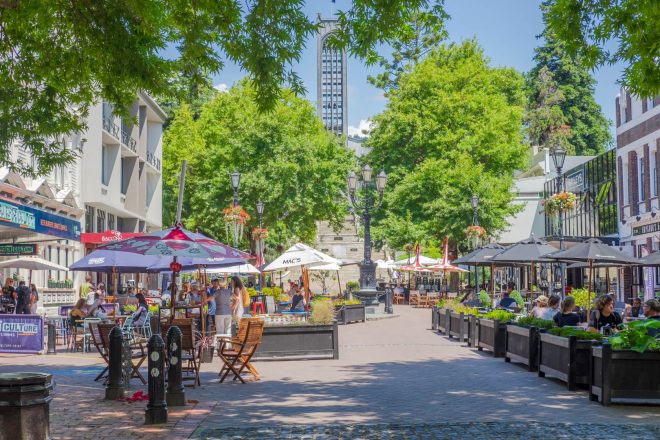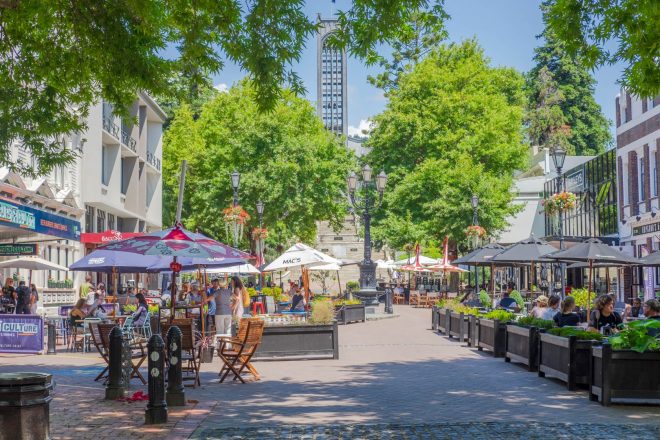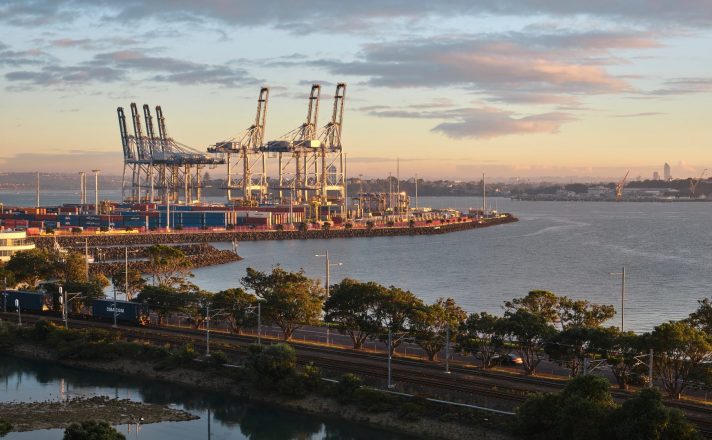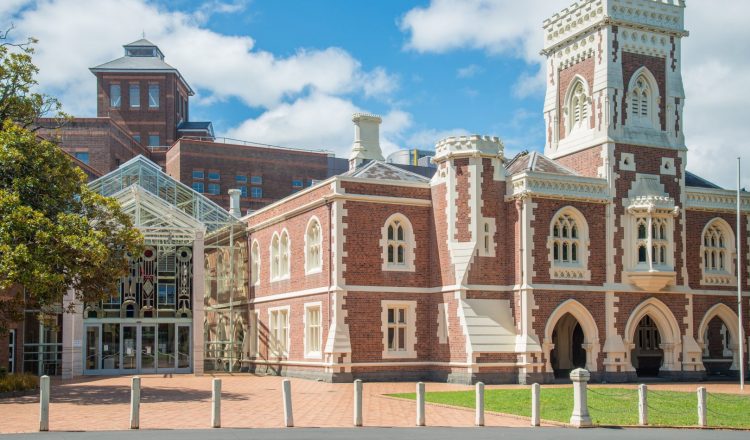获得 OIO 同意涉及什么
申请
该过程首先是投资者向 OIO 提交申请(以规定的形式)。一旦 OIO 收到所需的所有信息并接受评估申请,就应支付申请费。这些申请费用范围取决于申请的性质:
(a) 重大商业资产申请 32 000 美元;
(b) 37 500 美元至 49 000 美元,用于敏感的土地申请;
(c) 52 000 美元 — 54 000 美元,用于敏感土地/重大商业资产综合应用。
OIO 提供了模板申请函。但是,由于每项投资都不同,OIO 建议投资者在早期阶段就申请寻求法律意见。
时机
OIO 没有就申请的处理时间提供预先指导。时间范围将根据应用程序的性质而有所不同。特别是,更复杂的 “敏感土地” 申请需要更长的时间。
根据最近的经验,我们预计申请大约需要:
(a) 大型企业资产申请 5 至 6 个月;以及
(b) 敏感土地申请 6 至 9 个月。
但是,这些时间范围没有确定性,根据交易的复杂性和 OIO 的工作量(除其他因素外),申请可能需要很长时间来处理。
法定时限将于 2021 年 6 月引入该制度,这将提供更大的确定性和问责制。
国家利益测试
OIO 不会同意它认为违反国家利益的交易。测试在很大程度上是自由裁量的,但有一些相关因素可以决定国家利益,包括目标企业是否经营具有战略重要性的业务,或者投资者是否部分或完全拥有或由外国政府控制。具有战略意义的企业包括作为关键直接供应商、从事港口或机场、发电、水基础设施、电信、金融市场基础设施或具有重大影响的媒体业务的任何企业。
同意申请中的事项
申请的重点是海外人士是否具有相关的商业经验、是否有财务承诺和品格良好。
如果投资涉及敏感土地的权益,申请人还必须证明购买将为新西兰带来净利益。OIO 在评估此类收购时考虑了许多因素,包括投资是否会:
(a) 创造新的就业机会;
(b) 向新西兰引进新技术或管理或技术技能;
(c) 增加出口收入或开发新的出口市场或增加市场准入;
(d) 增加竞争, 创造更高的效率或生产力;
(e) 加强新西兰提供的服务;
(f) 在新西兰引入用于发展目的的额外投资;
(g) 增加新西兰初级产品的加工。
为了评估与确定投资利益有关的上述若干因素,投资办公室采用了称为 “反事实检验” 的检验标准。这项测试评估了 “通过” 拟议投资给新西兰带来的好处与 “没有” 拟议投资(例如,如果新西兰买主获得土地的话)将会发生什么情况之间的差异。
申请人必须提供投资计划和辅助声明,详细说明未来将如何管理任何敏感土地。这份文件是一个重要的试金石,因为遵守规定的计划几乎总是同意的一个条件。
农田、水道和前滨的特殊规定
如果海外人士希望购买农地或拥有农地的公司的股份,该土地必须在新西兰出售 20 个工作日(向非海外人士),然后投资办公室才能同意海外人士购买土地。
王国政府有权首先拒绝购买构成某些水道或前沿和海底土地床的某些土地。
在海外人士希望投资面积超过 5 公顷的农村土地的情况下,总务办公室高度重视以下 “利益” 因素:
(a) 创造就业机会;
(b) 引进新技术和商业技能;
(c) 出口收入增加;
(d) 增加新西兰初级产品的加工;
(e) 新西兰是否有机会进行监督或参与 (例如新西兰董事或新西兰总部).
在林业投资方面,增加初级产品的加工和推进重要的政府政策尤其突出。
持续监测合规情况
投资办公室监督海外人士在收购后的活动,以确保投资者遵守法律、在申请同意时作出的任何陈述,以及投资办公室规定的任何同意条件。
同意条件中的一个共同要求是申请人(或对申请人行使控制权的个人)继续保持良好的品格。关于这一条件以及其他同意条件(例如,与新西兰投资的好处直接相关的条件,例如增加就业和进一步发展的条件),持续有报告要求。
《海外投资法》规定了对不遵守其规定的各种惩罚措施。其中包括法人团体因未获得所需同意而继续进行海外投资的法人团体处以最高 30 万新西兰元的罚款,以及对未遵守同意条件而处以最高 10 万新西兰元的罚款。在严重违规的情况下,OIO 可以寻求法院下令处置财产。

















































